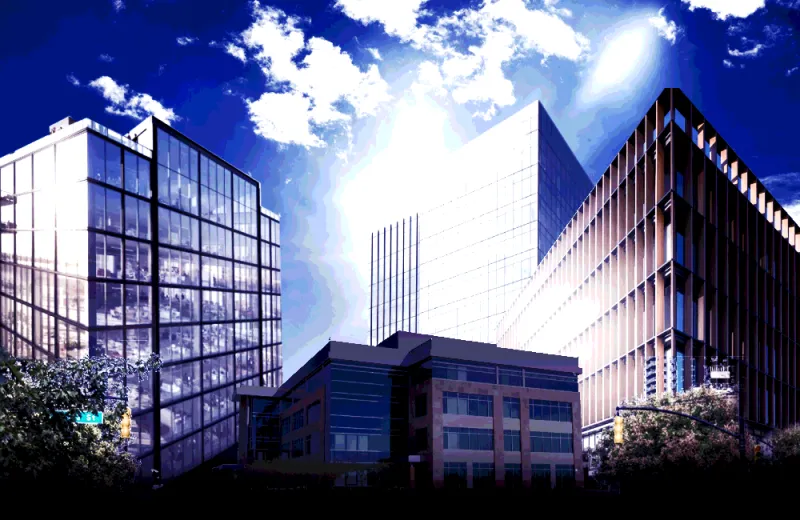Despite growing concerns about the health of the real estate industry, investors remain optimistic about certain sectors within the commercial property market, which has drawn increasing scrutiny from regulators since the recent banking crisis.
About 20 percent of the assets held by the smallest banks are nonfarm, nonresidential CRE loans, according to the Fed’s Financial Stability Report, published last week. The Fed is concerned that borrowers, particularly those in the office sector who have experienced low occupancy rates, may struggle to refinance their loans.
“The shift toward telework in many industries has dramatically reduced demand for office space, which could lead to a correction in the values of office buildings and downtown retail properties that largely depend on office workers,” the report said. “The magnitude of a correction in property values could be sizable and therefore could lead to credit losses by holders of CRE debt.”
But real estate investors argue that the outlook for the commercial real estate market isn’t as dire as it seems. The fundamentals in some subsectors, including industrials and multifamily housing, are still robust and could present attractive investment opportunities.
“Today, the fundamentals within specific sectors remain pretty stable, and in some sectors, they’re even stronger than you would expect,” said Sara Cassidy, managing director at AEW Capital Management, a real estate investment subsidiary of Natixis.
For example, in the industrials sector, which includes manufacturing, distribution, and storage facilities, rising rent hasn’t been reflected in many of the long-term leases yet. The next wave of lease renewals will probably increase the valuations of such assets, according to Cassidy.
Multifamily housing has also drawn investment interest, especially in the Sun Belt region. According to Cassidy, cities such as Charlotte have seen strong growth in population and employment, benefiting investors in multifamily housing. In recent months, such assets have been priced at attractive levels due to consecutive rate hikes.
“If you’re able to acquire a high-quality, well-located, and well-occupied property at a valuation that is moved from where it was six months ago, that can still be a really positive buying opportunity,” Cassidy said.
Rich Hill, head of real estate strategy and research at Cohen & Steers, said that apartments — a subsector of multifamily housing — have an especially attractive risk and return profile. The capitalization rate, which represents the expected rate of return on a property based on its net operating income, is 5.8 percent for apartment REITs. While that figure is lower than the 10 percent capitalization rate for office REITs, “we think the risk/reward is more attractive in apartment than in office,” Hill told II.
“There’s just a tremendous amount of uncertainty with where office is trading,” Hill said. “I don’t have a lot of conviction about how much capital expenditure I have to put into [office] property to generate net operating income.”
Cassidy added that it’s important to separate the noise in the capital market from what’s happening at the asset level in the commercial real estate sector.
“[Commercial real estate] isn’t dead — it’s just transitioning and repricing, and it will continue to be a sustainable asset class,” Cassidy said. “We have to parse through the property and geographic specifics to really understand where some opportunities might lie.”







